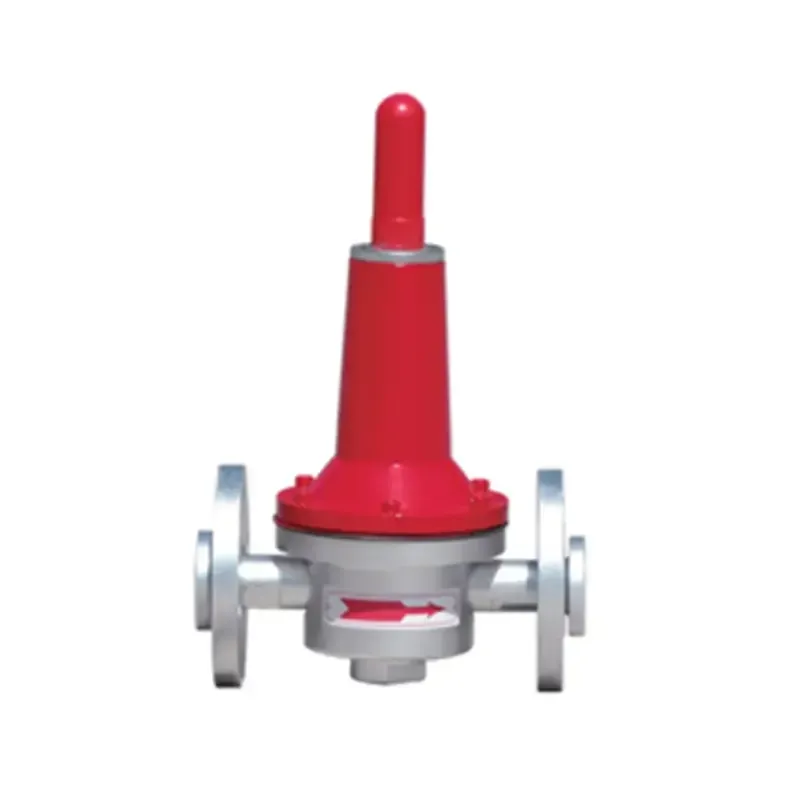
Nov . 17, 2024 17:11
Back to list
shut-off valve
Understanding Shut-off Valves Importance and Applications
Shut-off valves play a critical role in various industrial applications, residential plumbing systems, and more. These essential components are designed to control the flow of fluids – be it gas, water, or other liquids – by completely stopping or allowing the flow through a piping system. Understanding their function, types, and applications is vital for engineers, technicians, and anyone involved in fluid management systems.
What is a Shut-off Valve?
A shut-off valve is a device that enables the user to halt the movement of fluid within a pipeline. It can be operated manually or automatically, depending on the design and intended application. The most common types of shut-off valves include ball valves, gate valves, globe valves, and butterfly valves. Each of these types has its own mechanism and is suited for different situations based on factors such as the fluid being transported, pressure conditions, and flow rate.
Mechanisms and Types of Shut-off Valves
1. Ball Valves These are widely used for their reliability and simplicity of operation. They consist of a spherical disc, or ball, that rotates to either allow or block the flow. They are excellent for quick shut-off operations and can handle high pressures and temperatures, making them suitable for gas and oil applications.
2. Gate Valves Gate valves are used primarily for on/off control, as they are not as effective in regulating flow. They consist of a wedge-shaped gate that moves up and down to block or allow flow. These valves are usually employed in fire protection systems and water supply networks due to their low-pressure drop when fully open.
3. Globe Valves Designed specifically for flow regulation, globe valves provide a good throttling ability. They feature a spherical body that creates resistance to flow, allowing for fine adjustments. While they are not typically used for a complete shut-off, they are invaluable when precise control of the fluid is necessary.
4. Butterfly Valves These valves consist of a rotating disc that can be turned to open or close the flow path. Butterfly valves are lightweight and compact, making them suitable for large pipelines where space is a constraint. They are commonly found in water supply systems and HVAC applications.
shut-off valve

Applications of Shut-off Valves
Shut-off valves are utilized across various industries, including
- Oil and Gas In the oil and gas industry, shut-off valves are integral for safety and efficiency. They help in managing the flow of crude oil and natural gas, preventing leaks, and isolating sections of pipelines for maintenance.
- Water Supply Systems Municipal water systems rely on shut-off valves to manage water distribution and handle emergencies effectively. These valves help control pressure and prevent backflow, ensuring a steady and safe water supply.
- HVAC Systems In heating, ventilation, and air conditioning systems, shut-off valves ensure that maintenance can be carried out without disrupting the entire system. They help regulate the flow of refrigerants and water in various HVAC components.
- Manufacturing In manufacturing plants, shut-off valves control the flow of various fluids, including chemicals and steam. Their ability to operate under different pressures and temperatures makes them crucial for ensuring safety and continuity in operations.
Conclusion
In summary, shut-off valves are indispensable in the effective management of fluid flow in various applications. Their design and type can significantly impact the efficiency and safety of a system. Understanding how they work, and their specific applications, enables professionals to make informed decisions regarding fluid control in residential, industrial, and infrastructural contexts. Proper maintenance and operation of these valves can lead to enhanced performance and longevity of fluid systems, ultimately contributing to increased safety and reduced operational costs. As industries continue to evolve, the role of shut-off valves will remain critical in ensuring efficient and secure fluid management.
Next:
Latest news
-
Safety Valve Spring-Loaded Design Overpressure ProtectionNewsJul.25,2025
-
Precision Voltage Regulator AC5 Accuracy Grade PerformanceNewsJul.25,2025
-
Natural Gas Pressure Regulating Skid Industrial Pipeline ApplicationsNewsJul.25,2025
-
Natural Gas Filter Stainless Steel Mesh Element DesignNewsJul.25,2025
-
Gas Pressure Regulator Valve Direct-Acting Spring-Loaded DesignNewsJul.25,2025
-
Decompression Equipment Multi-Stage Heat Exchange System DesignNewsJul.25,2025

